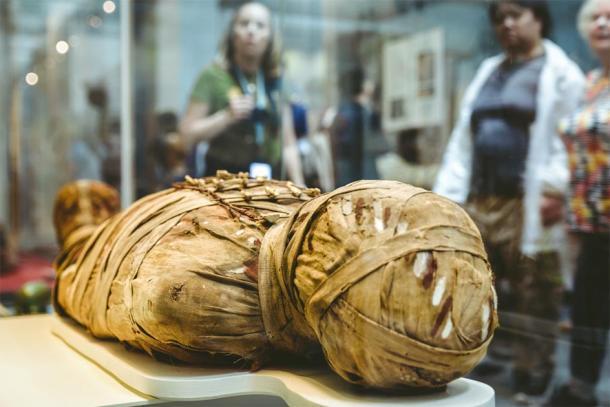
By combining archaeological, historical and chemical data, this pilot study of the effects of salts upon and within linen textiles has widened our understanding of the role played by salts in both the deterioration and the preservation of the textiles.From French natron, from Spanish natrón, from Arabic نَطْرُون ( naṭrūn ), from Ancient Greek νίτρον ( nítron, “ nitre ” ), ultimately from Egyptian nṯrj ( “ natron ” ): This was effective in preserving the integrity of the ancient linen. A conservation treatment for ancient Egyptian linen was developed, incorporating a long water washing to remove salts, soils and organic deposits, followed immediately by carefully controlled freeze drying.

The use of IC, ESEM and EDXA to monitor salt removal in textiles has not previously been reported. The release of salts from linen samples during washing in deionized water was monitored using IC and ESEM with EDXA, showing the pattern of salt removal and retention. Once the dynamics of salt crystallisation were viewed and recorded it became possible to investigate methods for the treatment of salt affected textiles through washing trials followed by alternative methods of drying.

Few studies have been undertaken to date on the dynamics of salt crystallisation within organic archaeological materials, and none previous to this has been published showing the dynamics of salt crystallisation within archaeological textiles. The use of ESEM enabled the observation and recording of the movement of salts, in real time, during cycles of hydration and dehydration. These analytical techniques were used to distinguish between flax fibres, foreign matter present on and within flax fibres, and natron or other salts absorbed into the linen fibres in a form of partial mineralization. Ancient Egyptian linen textiles were examined through a combination of optical microscopy, environmental scanning electron microscopy (ESEM), ion chromatography (IC), and energy dispersive X-ray analysis (EDXA).

An understanding of the physical and chemical nature of archaeological textiles is an important prerequisite for their successful conservation treatment, display and storage.


 0 kommentar(er)
0 kommentar(er)
